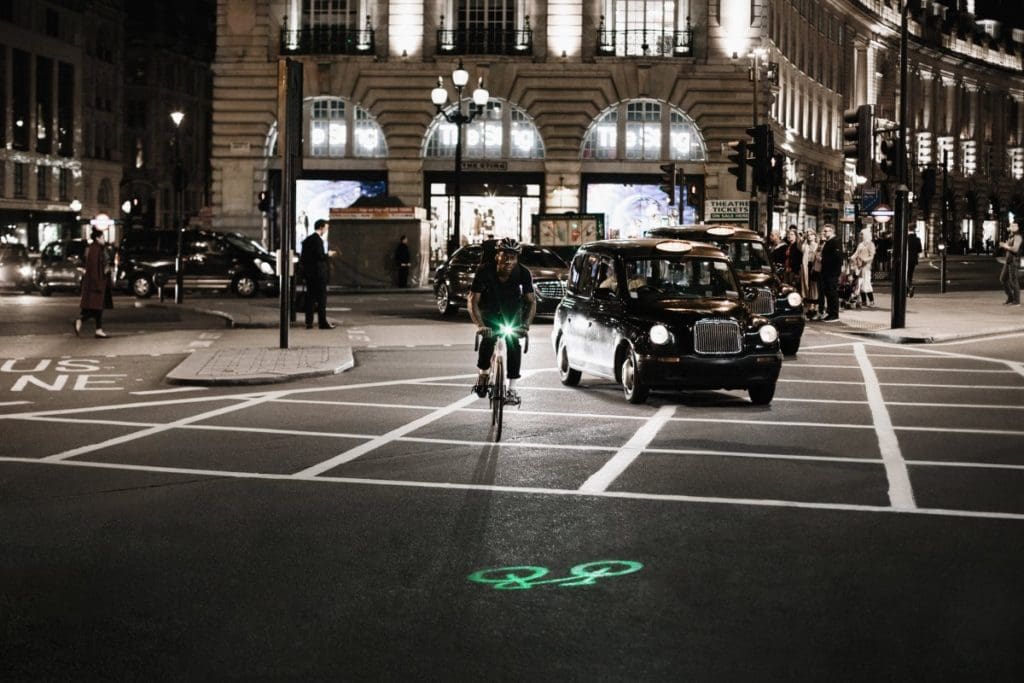Lighting the Way for Cycling Progression

The once humble bicycle light is fast becoming a beacon for the progress of bikes – both figuratively and literally.
Figuratively, as increasingly compact and powerful lighting systems encapsulate the quickening maturity and technological progress of the bike industry in general. While the fundamental role of bike lights appears simple and unwavering, they are constantly evolving towards smaller, brighter and longer battery life. High-powered options such as the Niterider 3600 Pro can now pump out around 3600 lumens, more than double the typical car headlight.
Literally, as cycling’s emergence as a commuting option has generated increased necessity for quality, purposed-specific light to enable riders to travel at times when work and other commitments demand.
This has not only fueled a heightened level of demand, but also more varied demand from riders that want lights that are fit for their specific purpose and have a design in line with the stylings of the rest of their urban treadlies.
Spared the need for high-powered lights required for high speed, manufacturers are responding with sleek and minimalist designs that match the elegance of urban bikes for the fashion-conscious commuter.
As the broadening market for bikes brings more bike categories into the mainstream, so lights are brought along for the ride.
e-Bike Influence
That increased bike diversity includes the rise of e-bikes, which are exerting their own influences on the evolution of lighting.
Many e-bike producers are seeking to stand out from the crowd through a focus on creating smart bikes with escalating integration; frames, stems and bars that incorporate lights, cameras, GPS and other features.
Their increasingly futuristic aesthetics and capabilities appear to be spilling over into the rest of the bicycle market. Consumers are noticing what a modern bike can look like and deliver, and many riders not about to swap their hard-earned cash for a high-end smart e-bike are still keen to incorporate the technology onto their existing e-bike or non-electric bike.
Similarly, the swelling ranks of customers prepared to part with handsome sums for premium road, mountain and gravel bikes are increasingly prepared to pay accordingly for stealthy lighting, GPS computers and other electric gadgets to complete their head-turning mounts.
With the growing maturity of cycling as a mode of transport comes the potential to more stringent controls on bike lights. While guidelines in Australia remain relatively simplistic – for example cyclists riding at night in NSW must have a front white light and a back rear light that came be seem at least 200m away – European countries such as Germany have much more prescriptive laws controlling maximum brightness and directional lighting patterns.
Stricter Regulations
While Australian bicycle light laws are unlikely to be as strict as the German example, at least in the short term, it is highly possible that standards will be a lot more defined. They are quite likely to come hand in hand with – as possibly as a proactive step to earn – greater mainstream acceptance of cycling by regulators and other road users.
Bike lights are also benefitting from the imaginings of out-of-the-box quirky designers. UK bicycle manufacturer and bike-share provider Beryl has developed a novel bike light and laser system. Its Beryl Laserlight projects a bright green bicycle symbol on the road, 6m ahead of the bike, to further alert other road users that a bike is headed towards them.
For those occasions when that added presence isn’t enough to prevent a collision, there continues to be a number of manufacturers combining lights and cameras into a single unit. While bike-mounted cameras enjoyed a groundswell of popularity a couple of years ago – partially driven by a desire for evidence in the event of a collision or altercation – members of the industry are reporting that popularity has quickly waned.
However, the advances of lighting technology continue to burn bright, relegating the clunky and comparatively dim C-cell battery lights of just a generation ago to become just a distant and flickering memory.
Few bicycle accessories have benefitted more from advancing technology and stand to play such an important role in rider safety, to encourage people to implement cycling as a practical transport option.
